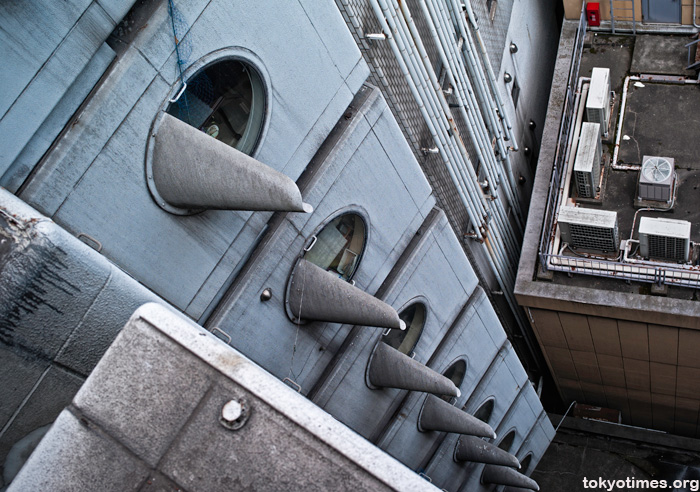A cliché it may well have become, but the humble cherry blossom is still quite rightly seen as symbolising the transient beauty of life. The ephemeral nature of which unfortunately doesn’t stretch to Tokyo’s crowds.
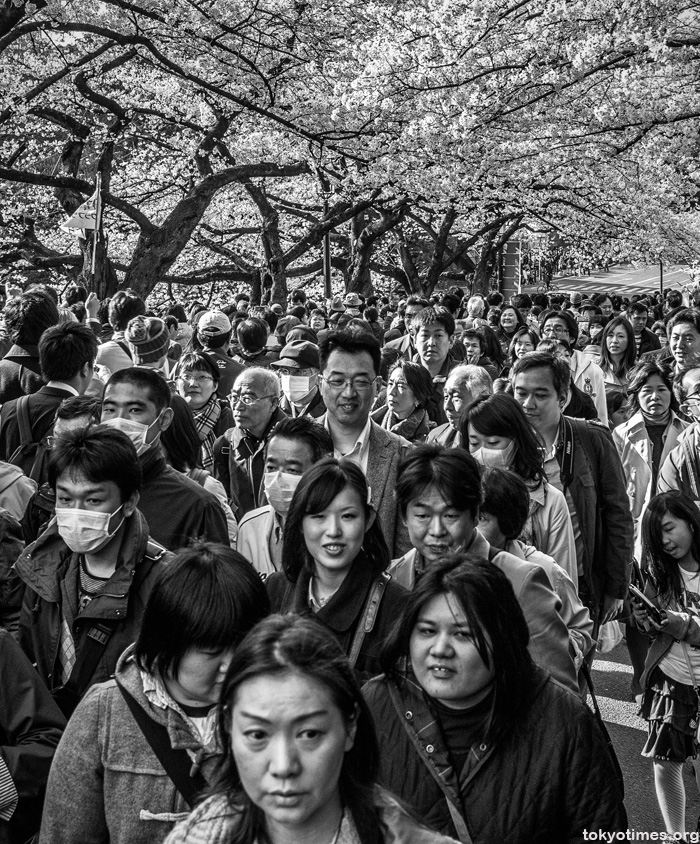
Photographs from a small group of islands
A cliché it may well have become, but the humble cherry blossom is still quite rightly seen as symbolising the transient beauty of life. The ephemeral nature of which unfortunately doesn’t stretch to Tokyo’s crowds.

Tokyo’s cherry blossoms may well be associated with large amounts of booze, but they are a yearly pleasure enjoyed by people of all ages. From pensioners like the ones posted last week. To the young families photographed below. A simple social event that more than anything brings lots of people together. And, in doing so, for a few hours at least forces the far less pleasant aspects of life to fade away.
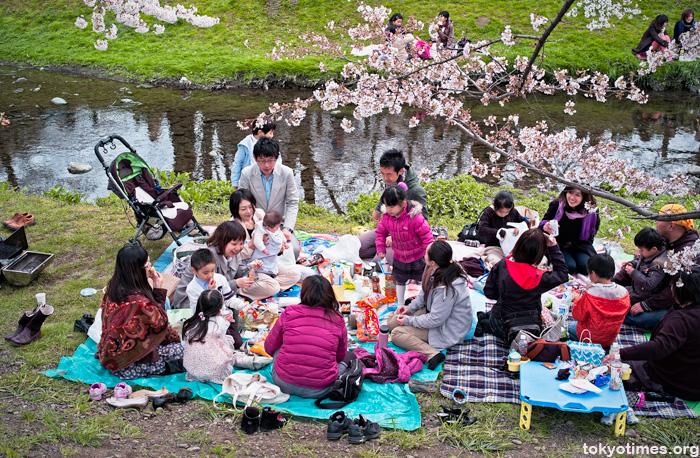
After the curtailment of cherry blossom-related festivities last year, there’ll be no holding back whatsoever this time. In fact, so keen are revellers to get sat down and sink a beverage or two, that many areas are already busy, despite there being very little in the way of blooms, let alone a beautiful blanket of them.
However, for this elderly hanami gathering, it’s hard to decide whether it was an early, or late visit.
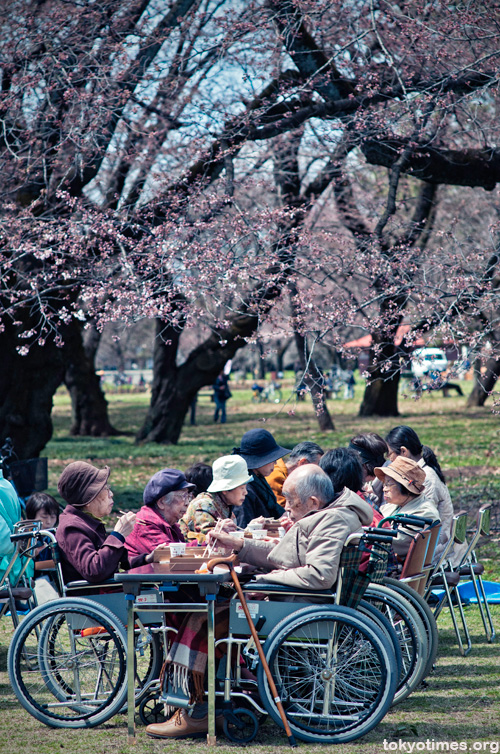
Japanese fertility festivals aren’t necessarily for the faint of heart, but what they definitely are is fun; good-natured bawdiness that remarkably never seems to slip into sleaziness.
What these events also do is effortlessly mix the traditional, with the not so traditional, such as the standard happi coat and a rather less conventional penis costume. A contrast that is clear to see, although what kind of conversations it conjures up is pure — and possibly puerile — conjecture.
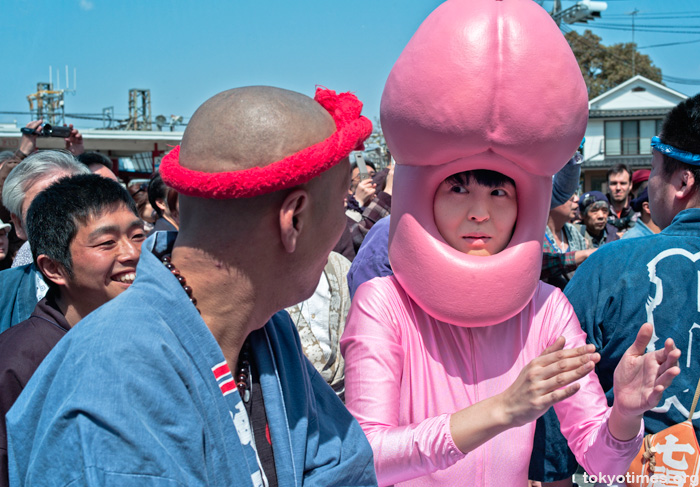
A very Japanese spring wedding.
The kimonos. Plum blossom and bright colours. Plus of course that yearly scourge of an ever-growing number of people, the allergies.
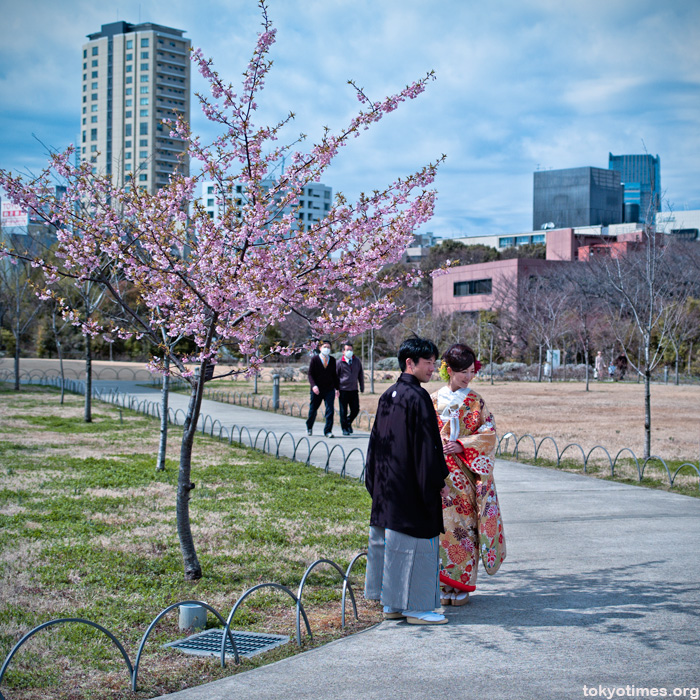
Tokyo isn’t the most attractive of cities — not by any stretch of the imagination. The likes of nondescript apartment buildings and gaudy entertainment centres, along with a distinct sense of impermanence in many of the designs, create a confused, considerably less than beautiful vista. An unwelcome cityscape that in some ways the Nakagin Capsule Tower, which is under threat of demolition, arguably now adds to.

Yet that’s not how it was meant to be.
Built in 1972, and a prime example of Metabolism architecture, the tower was designed to embrace that aforementioned impermanence, and create a structure for a constantly shifting, dynamic city.
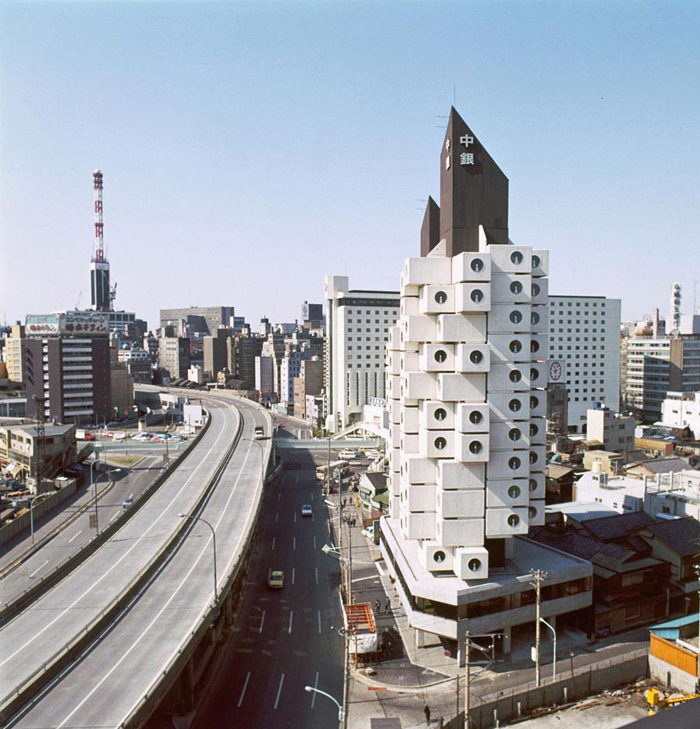
Consisting of 140 individual capsule apartments that were intended for people who worked in Tokyo during the week, they were all connected to the central beam by just 4, high-tension bolts. An element that was a key component of its Metabolist design, meaning the capsules could be replaced over time, allowing the building to adapt and meet changing demands.

At least that was the idea, but in reality the capsules have stayed where they are, and a lack of maintenance has left the tower looking extremely worse for wear. Both the actual structure.
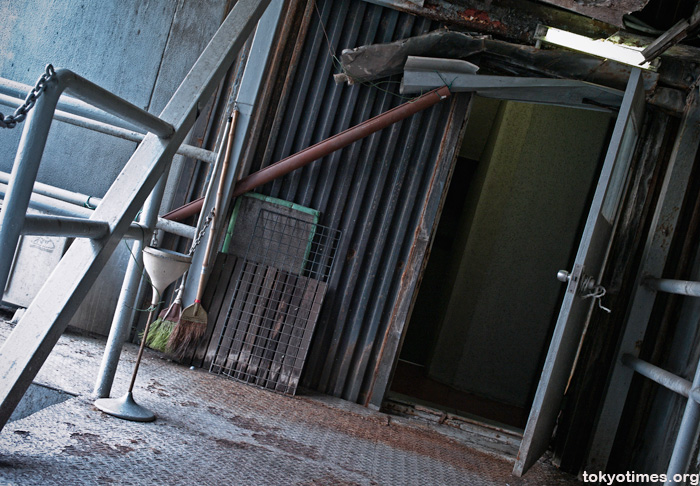
And the capsules themselves.
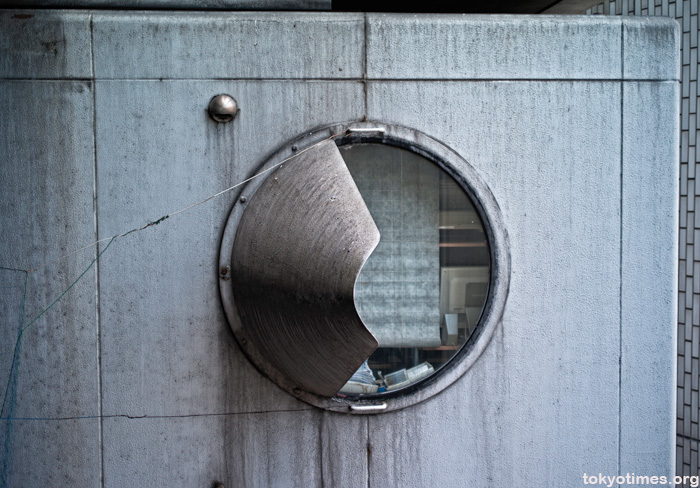
Living spaces that for many residents clearly aren’t big enough, resulting in the narrow passages containing appliances.
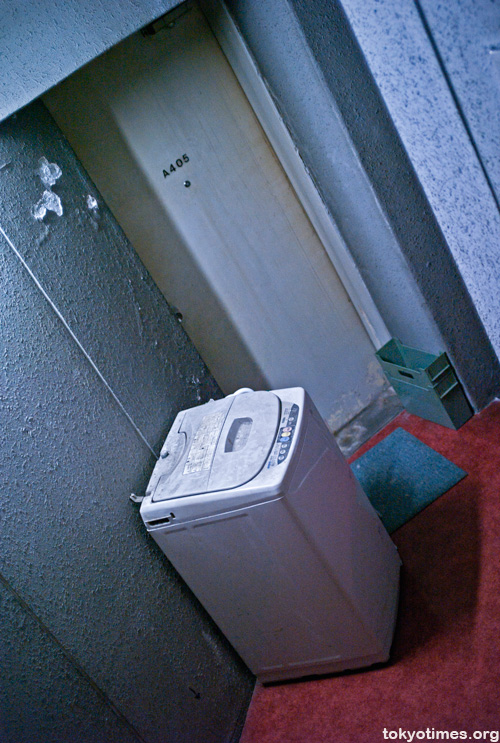
And personal belongings.
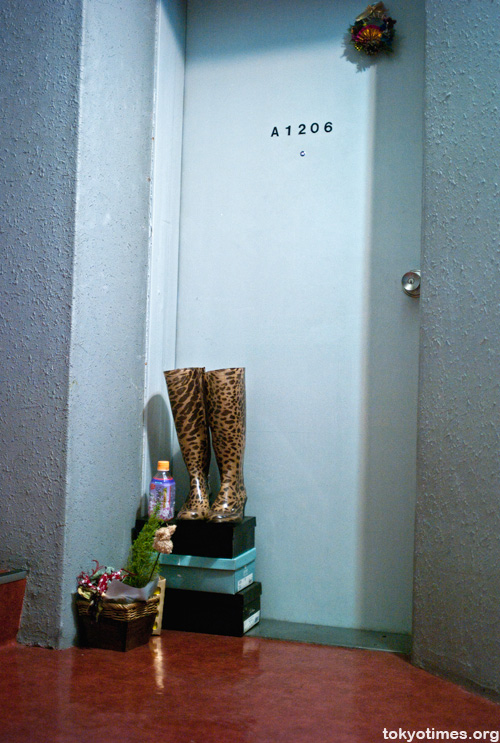
The latter of which allow for a strange insight of sorts into the lives of the people who inhabit each capsule.

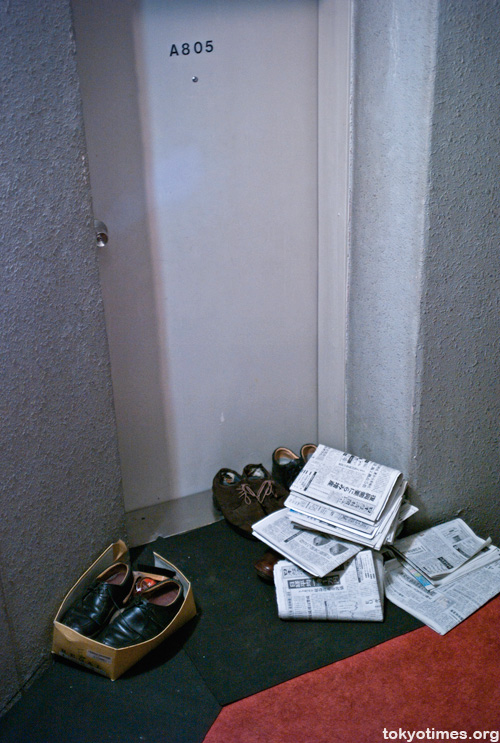

No doubt due to the tower’s increasingly desperate state, a good number of the rooms are now unoccupied — something that the continued speculation about its demolition will presumably increase. International backing for it actually remains strong, with architects all over the world expressing their desire to keep the building as it is, or better still finally replace the capsules. But within Japan, and more importantly amongst residents, support appears to have wained, and although it is still standing despite numerous threats in the past, the Nakagin Capsule Tower seems unlikely to survive for much longer.
A building that, despite the rather forlorn appearance, is still a fascinatingly unique structure, and one that will be missed by many when it’s gone.
